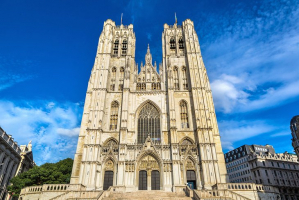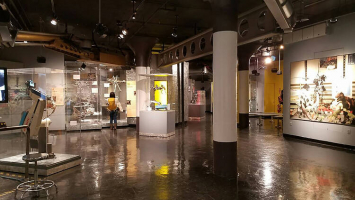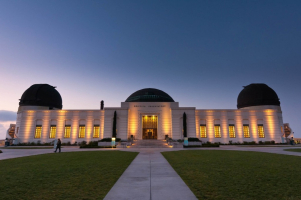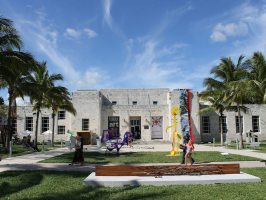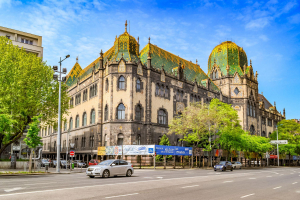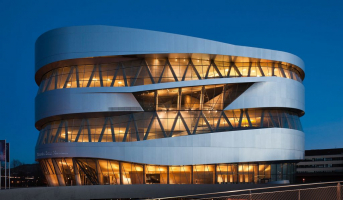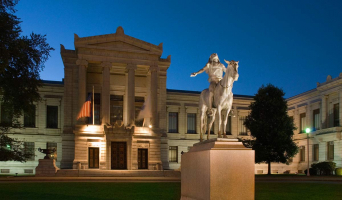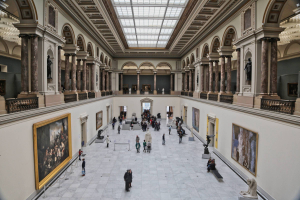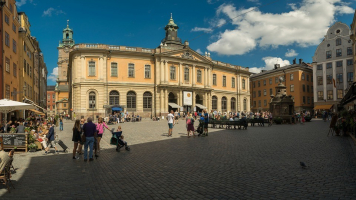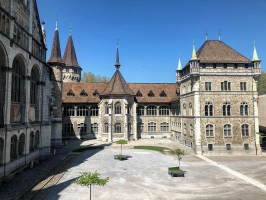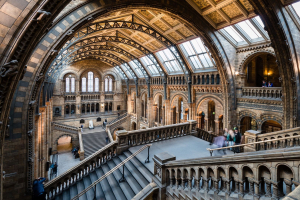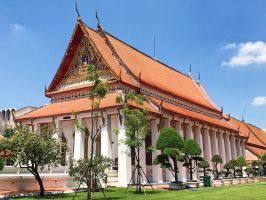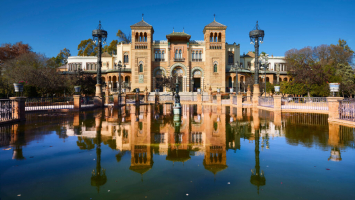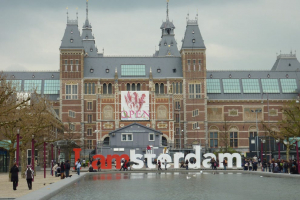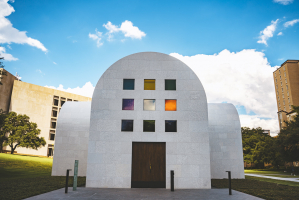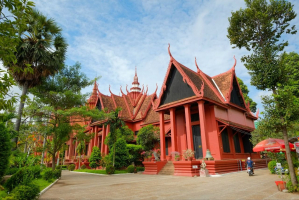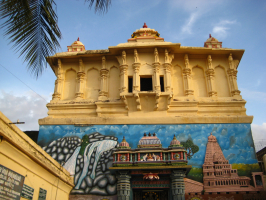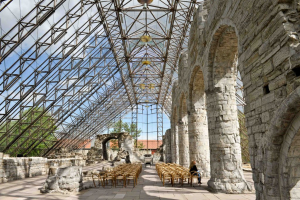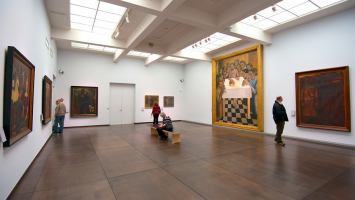Top 8 Best Museums to Visit in Brussels
During your tour of Brussels, visit a few museums to get a taste of the city's history and learn about what you'll see. From fine-art collections to opulent ... read more...palaces, Brussels's best museums offer a rich entryway into the city’s history and contemporary culture. Since their inception, these museums have been synonymous with excellence. Let's take a look at some of Brussels' best museums.
-
The Ixelles Museum is a Belgian art museum in Ixelles, Brussels. The museum was formed in 1892 to hold a collection of works provided by painter and collector Edmond De Pratere (1826-1888), and it quickly developed thanks to the generosity of its donors. Octave Maus (1856-1919), a Belgian art patron, contributed over 200 Impressionist, Neo-impressionist, and symbolist pieces.
The museum now houses a collection of 19th and 20th-century Belgian art. Paintings, sculptures, and sketches from many art trends of the time are included in the collections. A selection of Flemish masters and several international school representatives round out the collection. A poster collection comprises Toulouse-whole Lautrec's original collection. The museum hosts temporary exhibitions on a regular basis and contains a documentation center.
Location: Rue Jean van Volsem 71, Ixelles, Brussels Region 1050
Website: brusselsmuseums.be/en/museums/museum-of-ixelles
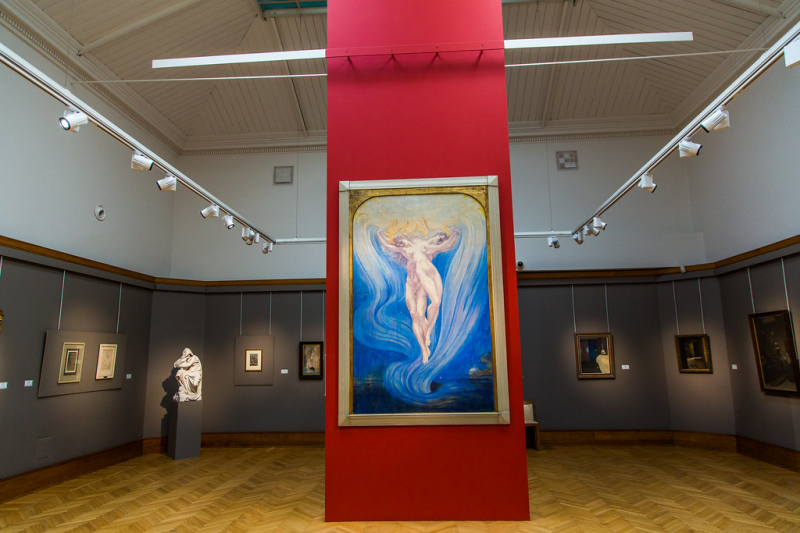
Musee des Beaux-Arts d'Ixelles 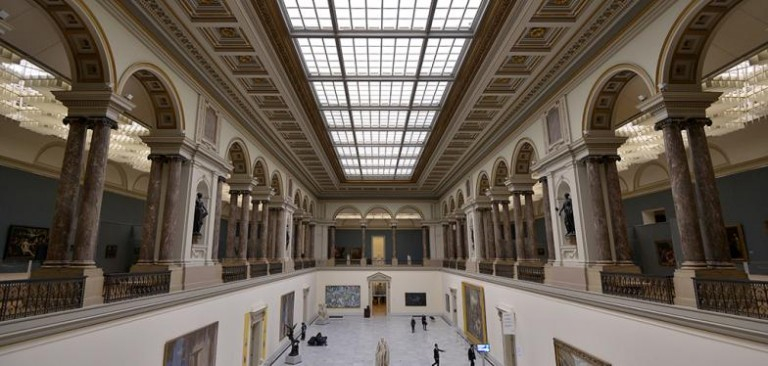
Musee des Beaux-Arts d'Ixelles -
Train World is a Belgian railway museum and the official museum of the Belgian National Railway Company. It is housed in the historic Schaarbeek railway station buildings as well as a new shed erected to the north. Although it was supposed to open in 2014, it was postponed until September 2015. King Philippe officially inaugurated the museum.
The museum covers an area of nearly 8,000 square meters and has 22 locomotives. There are 1,200 additional items on show, including an actual 19th-century railway bridge. The "Pays du Waes" locomotive, which dates from 1845 and is the oldest preserved locomotive in Continental Europe, is one of the museum's most valuable pieces.
Location: 5 Place Princesse Elisabeth, Schaerbeek, Région de Bruxelles-Capitale 1030
Website: brusselsmuseums.be/en/museums/train-world
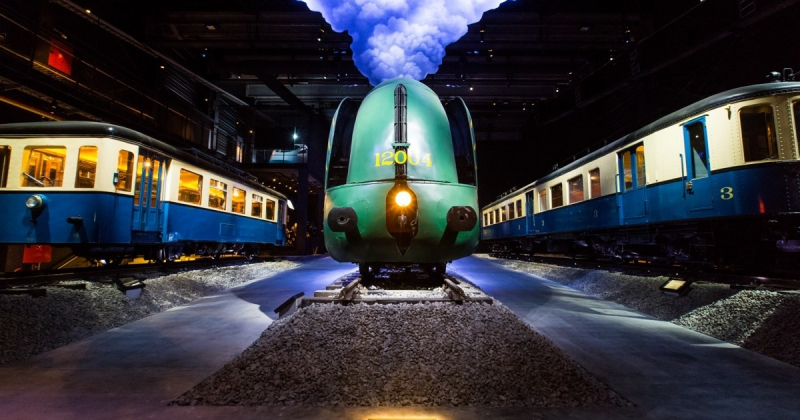
Train World 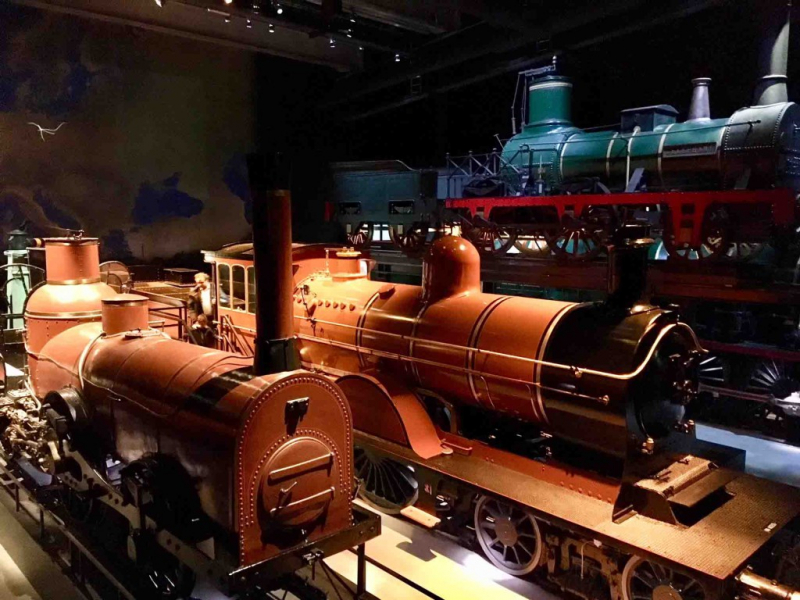
Train World -
The Royal Belgian Institute of Natural Sciences is a museum dedicated to natural history in Brussels, Belgium. The Royal Belgian Institute of Natural Sciences houses the museum. The most notable artifacts in the collection are 30 fossilized Iguanodon skeletons unearthed in Bernissart, Belgium, in 1878. The museum's dinosaur hall is the world's largest museum hall dedicated entirely to dinosaurs. The Ishango bone, found in the Belgian Congo by Jean de Heinzelin de Braucourt in 1960, is another well-known fragment. A research section and a public exhibit department are also located within the museum.
The Royal Belgian Institute of Natural Sciences was established on March 31, 1846, as a descendent of the Musée de Bruxelles, which had been established in 1802. It was based on Prince Charles Alexander of Lorraine's collection, which dates from the 18th century. In 1846, Belgian scientist and politician Bernard du Bus de Gisignies became the museum's first director, donating 2,474 birds from his personal collection to the institution.
Location: Rue Vautier 29, Brussels, Brussels Region 1000
Website: naturalsciences.be
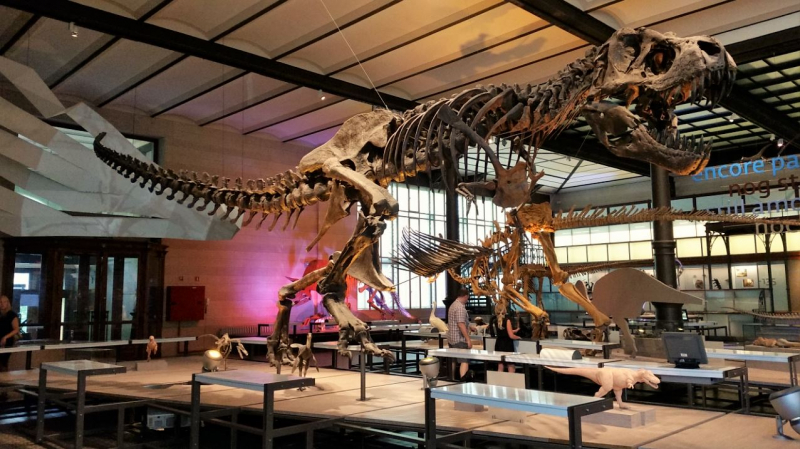
Museum of Natural Sciences 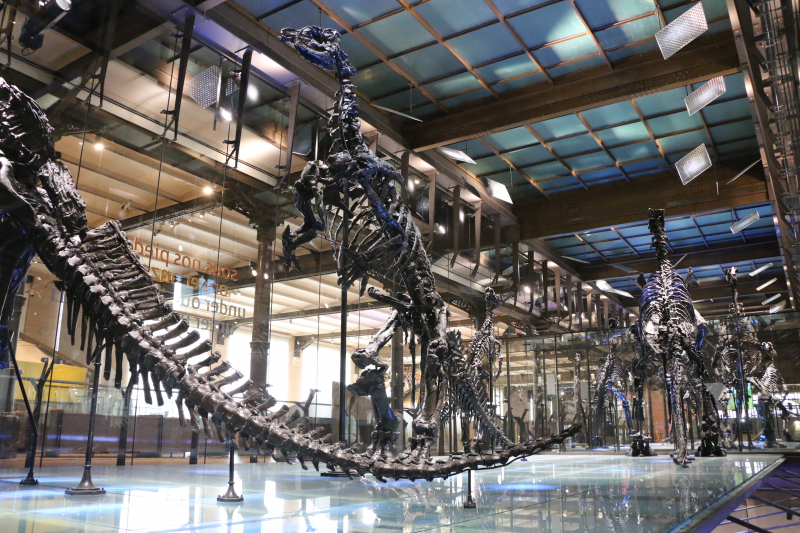
Museum of Natural Sciences -
The Belgian Comic Strip Center is a museum dedicated to Belgian comic strips in Brussels. The Brussels-Congress train station serves it, which is located at 20, rue des Sables/Zandstraat. The Magasins Waucquez, a textile department store, was created in 1905 by world-renowned architect Victor Horta in the Art Nouveau style. The structure began to deteriorate after Waucquez's death in 1920, and the business dissolved in 1970. The building was spared from demolition by Jean Delhaye, a former Horta aid, and it was classified as a protected monument on October 16, 1975. Even yet, the structure was in poor condition and had been vandalized extensively.
The museum's bottom floor houses a cafeteria, a Victor Horta room, a comic book store titled "Slumberland" after Little Nemo in Slumberland, and a library with a reading room and a study center. An auditorium, a room containing original comic book pages by various creators, and a room dedicated to animation, especially the Belgian animation business, such as Belvision, can all be found on the first level. "The Museum of Imagination", a permanent exhibition dedicated to the chronological history of the medium in Belgium, is located on the second level. The exhibition runs from Hergé to Peyo, covering the pioneers of Belgian comics from 1929 to 1958, with a specific focus on the periodicals Spirou and Tintin.
Location: Rue des Sables 20, Brussels, Brussels Region 1000
Website: comicscenter.net
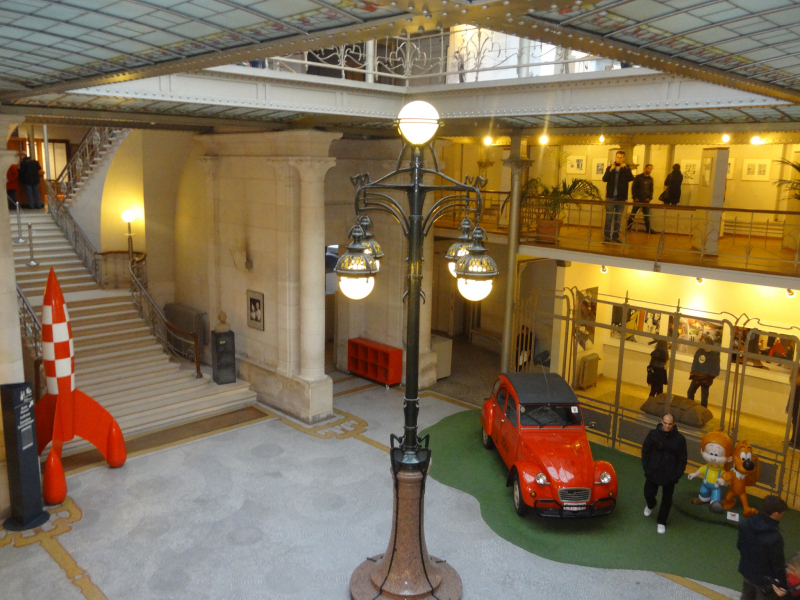
Belgian Comic Strip Center 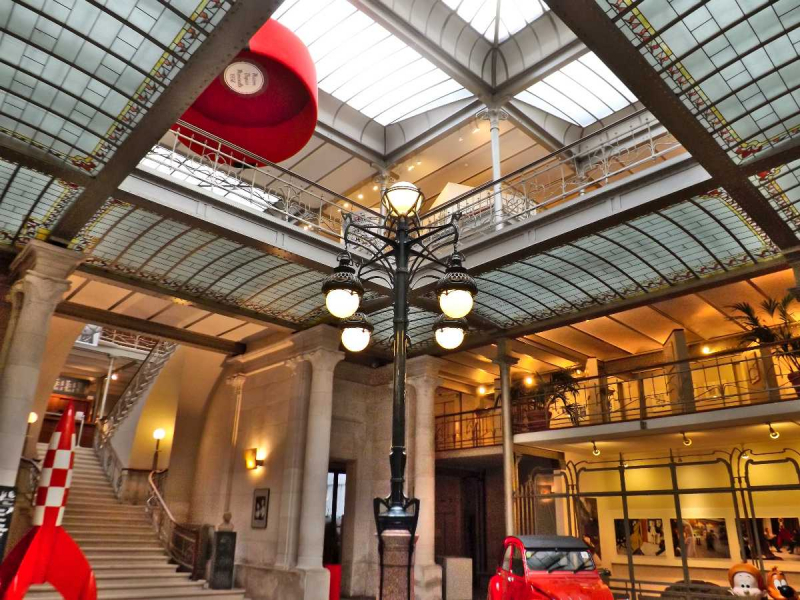
Belgian Comic Strip Center -
The House of European History (HEH) is a museum dedicated to European history in Brussels, Belgium. The permanent exhibition begins with the story of the goddess Europa, delving into Europe's ancient roots and shared traditions and achievements, before moving on to Europe's dramatic march towards modernity in the nineteenth century and the post-World War II reconstruction process. The last segment pushes visitors to evaluate European history, potential, and future critically. It links and contrasts similar experiences and their different interpretations by reading history from a European viewpoint. Its goal is to have people thinking about transnational views all around Europe.
The museum is a European Parliament initiative that was initiated by then-President Hans-Gert Pöttering in 2007, and it opened on May 6, 2017. The House of European History, as a cultural institution and exhibition center, aims to foster awareness of European history and integration through a permanent display as well as temporary and traveling exhibitions. The museum holds a collection of European history items and documents, as well as educational activities, cultural events, and publications, as well as a large amount of online information. It's at Leopold Park's Eastman Building, adjacent to the European institutions.
Location: Rue Belliard 135, Brussels, Brussels Region 1000
Website: historia-europa.ep.eu/en
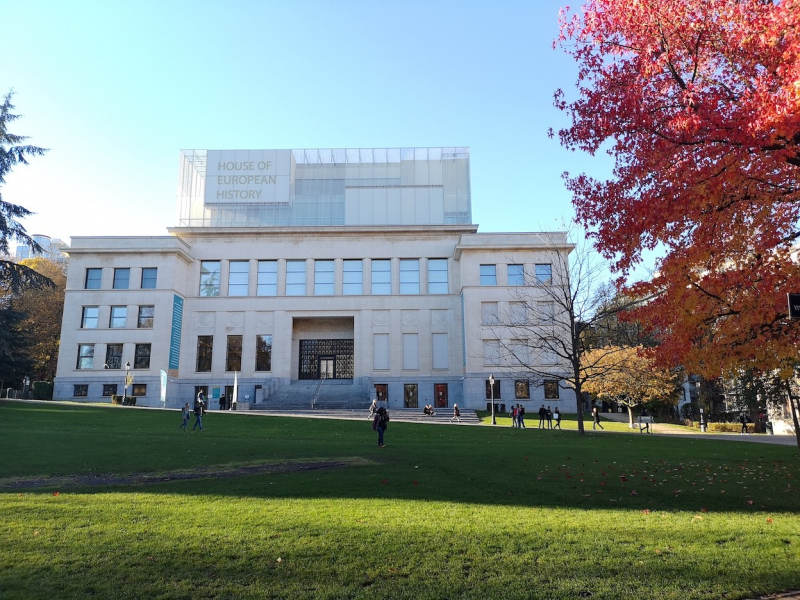
House of European History 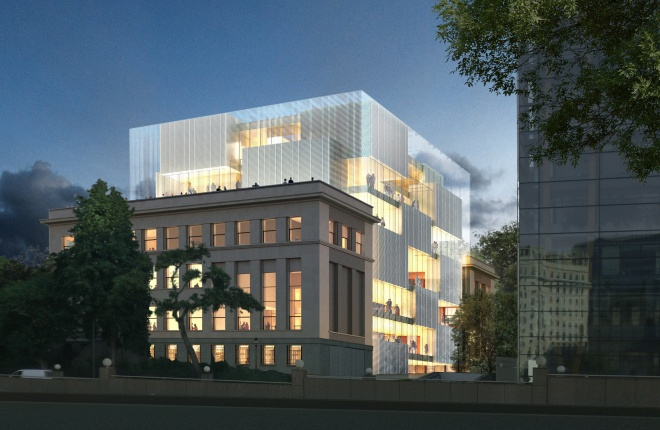
House of European History -
The BELvue Museum is a museum in downtown Brussels, Belgium, focusing on Belgian history. The King Baudouin Foundation is in charge of it (KBF). The museum is housed in the Hôtel Bellevue, an 18th-century neoclassical hôtel (townhouse) located close to the Royal Palace of Brussels between the Place des Palais/Paleizenplein and the Place Royale/Koningsplein.
Since its inception, the King Baudouin Foundation (KBF) has entirely renovated the BELvue Museum's permanent display. The museum provides visitors with the keys to understanding Belgium and Belgian society through a theme-based approach and a modern, interactive display arrangement.
The rooms cover seven societal themes: democracy, wealth, solidarity, pluralism, migration, language, and Europe. Each subject is given from the present day, then expanded and explained via the history of Belgium. History is not an aim in itself in BELvue's new exhibition, but rather a method to explain and give keys to understanding and interpreting contemporary culture.A collection of nearly 200 artefacts complements this perspective of Belgium's past and present. The items, which are shown chronologically from the nineteenth century to the present day, represent Belgium's "physical memory". Everyday things, works of art and design, well-known brands, scientific breakthroughs, references to significant athletic exploits, and artifacts that evoke the richness of our popular culture await visitors.
Location: Place des Palais 7, Brussels, Brussels Region 1000
Website: belvue.be
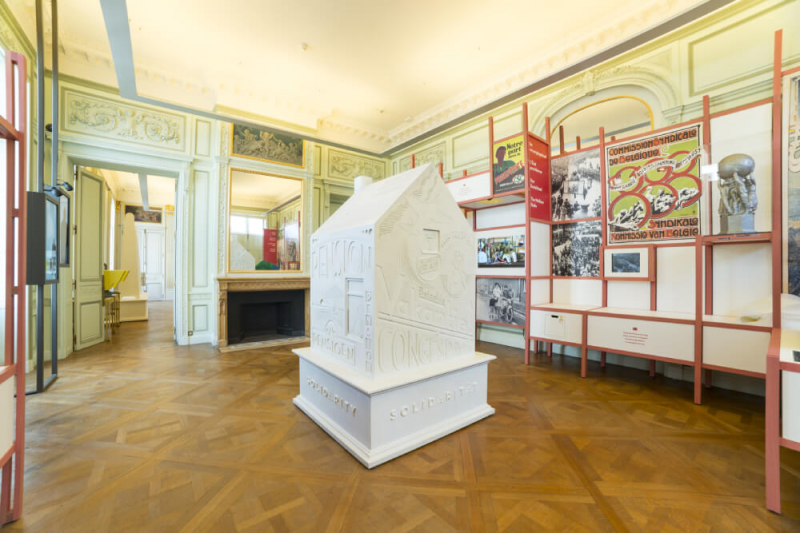
BELvue Museum 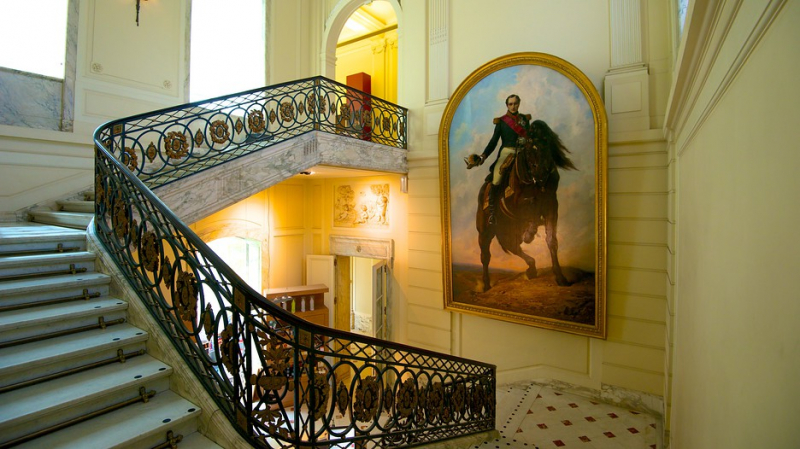
BELvue Museum -
The Brussels City Museum is a museum located on Brussels' Grand Place in Belgium. It is dedicated to the history and folklore of Brussels from its founding to the present, which it depicts via paintings, sculptures, tapestries, engravings, pictures, and models, including a noteworthy scale representation of the town during the Middle Ages.
The Brussels City Museum houses almost 7,000 artifacts, paintings, and tapestries from Brussels' past, including original sculptures from the Town Hall. Two dioramas depict Brussels in its early days and when it began to develop in the 1500s. Paintings of the Flemish Primitive Aert van den Bossche (15th century) and the French historical painter Charles Meynier may be found in the museum's collection.
On the top floor, the original Manneken Pis statue is on display. Many items from the statue's wardrobe, which included over a thousand different costumes, could also be seen in a permanent exhibition inside the museum until February 2017, when it was replaced by a specially designed museum called Garderobe MannekenPis, which opened its doors nearby at 19, rue du Chêne/Eikstraat.Location: Grand Place, Brussels, Brussels-Capital Region 1000
Website: brusselscitymuseum.brussels/en/
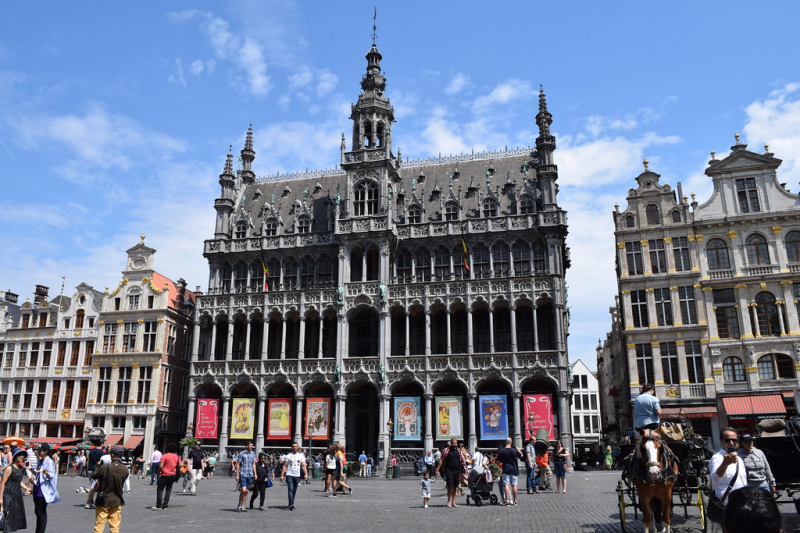
Brussels City Museum 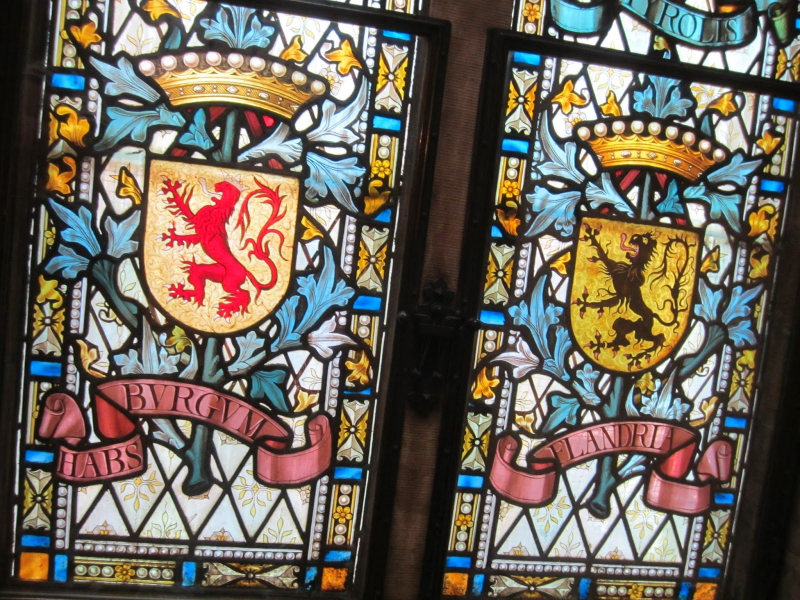
Brussels City Museum -
The Cinquantenaire Museum is a museum of civilisations that is informally organized by area and is part of the Royal Museums of Art and History. It includes sections on social history, cultural heritage, and ornamental arts. A national pre-history collection, Gallo-Roman archaeological findings, European ornamental arts, antiquities from Egypt, Greece, Iran, and Rome, and enormous collections of non-European civilizations from America, Oceania, and Asia comprise the permanent collection. The museum lets you tour the world without leaving Brussels and is a terrific motivation for learning about various cultures.
Although it may not appear large from the outside, the museum is extensive, and it is impossible to see everything in one visit. On my first visit, I actually missed one of my favorite portions of the Cinquantenaire Museum. The Art Nouveau collection is buried away in a back corner, yet Victor Horta created the whole shop décor.
Location: Parc du Cinquantenaire 10, Brussels, Brussels Region 1000
Website: introducingbrussels.com/cinquantenaire-museum
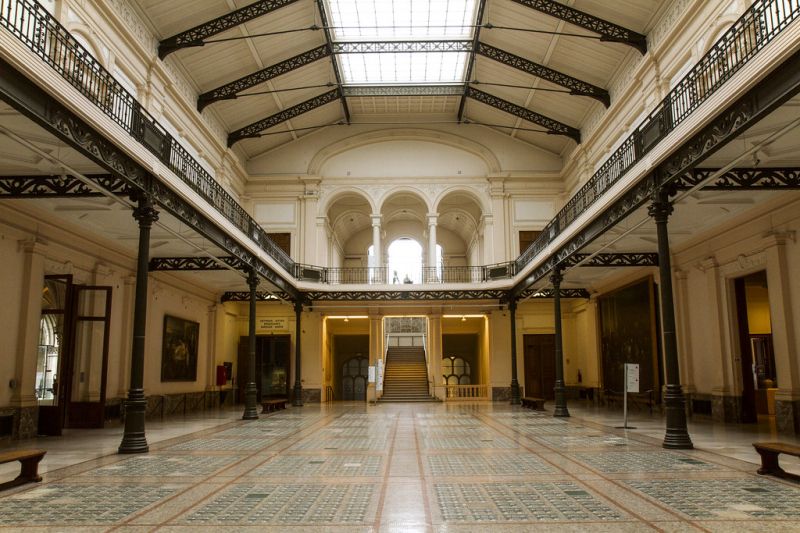
Cinquantenaire Museum 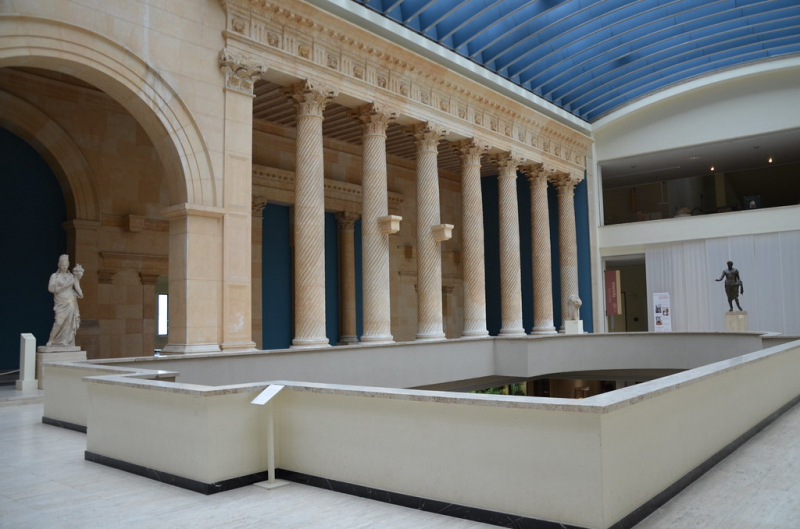
Cinquantenaire Museum










